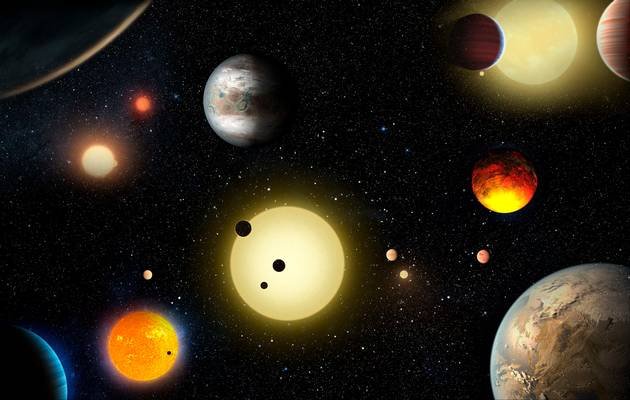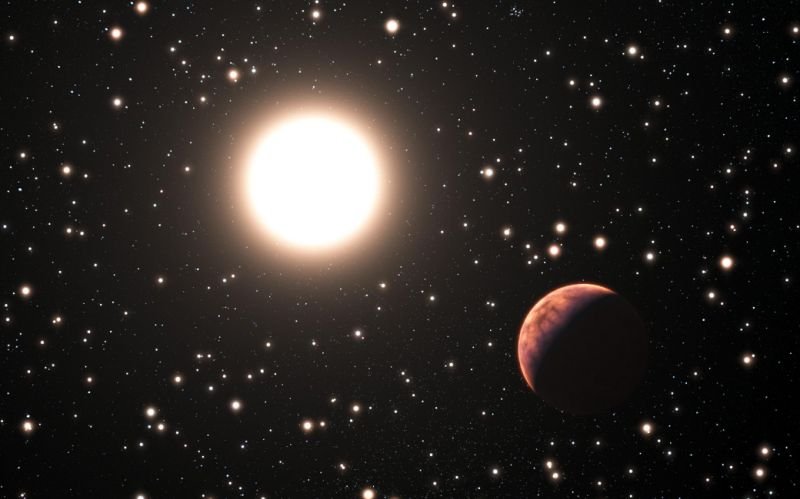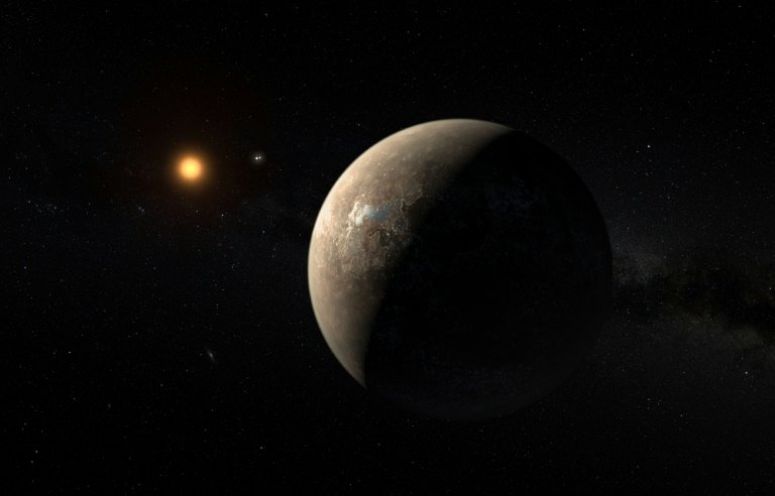What Are Exoplanets And How NASA Detects Life Beyond Our Solar System
Bharti Airtel Set To Acquire Telenor India Within This Year
Google Celebrates NASA’s Discovery Of Seven Earth-Like Planets With An Animated Doodle
Some Home Remedies That Might Sound Bizarre But Actually Work Like A Charm
Akshay Kumar Feels He Has Made Enough Money, Now Wants To Focus On Content & Characters
Delhi ATM Dispenses Fake Rs 2000 Notes From ‘Childrens Bank of India’ With ‘Churan Lable’
Adolf Hitler’s Personal Telephone During World War II Is Up For Auction In The US
From Salman Khan To Rekha, Neil Nitin Mukesh’s Wedding Reception Was Quite A Starry Affair
What Are Exoplanets And How NASA Detects Life Beyond Our Solar System
Seven Earth-like planets orbiting a small star in our Galaxy called Trappist-1, revealed Wednesday, are the most recent -- and arguably the most spectacular -- in a string of exoplanet discoveries going back 20 years.
Herewith a backgrounder on the search for life beyond the horizon of our Solar System.
Exoplanet is any planet outside our Solar System. | Source: AFP
What is an exoplanet?
Simple: any planet outside our Solar System.
The first exoplanet was detected in 1995, but the number has exploded in the last few years. A recent statistical study estimated that there are a trillion in our galaxy alone.
Today, according to a tally by NASA, there are 3,449 known exoplanets.
Of those, 1,264 are so-called ice giants, 1,043 are gas giants, and 781 are "super Earths" with masses many times higher than the rock we call home.
Before Wednesday's announcement, astronomers had spotted only 348 smaller terrestrial planets with Earth-like mass, and of those only a handful in a "temperate" zone that would allow for the presence of liquid water -- a key ingredient for life (as we know it).
7 Earth-like planets orbiting a small star in our Galaxy called Trappist-1, revealed Wednesday, are the most recent and arguably the most spectacular -- in a string of exoplanet discoveries going back 20 years. | Source: Reuters

How are exoplanets detected?
There are several ways to find planets that cannot be directly observed, according to NASA.
WOBBLE WATCHING - This involves looking for changes in the colour spectrum emitted by a star due to the gravitational pull of one or more invisible planets.
If these patterns are regular and cyclical, corresponding to a tiny wobble in the star, chances are they are caused by a planet. Also called radial velocity, this is how another exoplanet, Proxima b, was discovered last year. Exoplanets found this way: 17.6 percent.
Before Wednesday's announcement, astronomers had spotted only 348 smaller terrestrial planets with Earth-like mass, and of those only a handful in a "temperate" zone that would allow for the presence of liquid water. | Source: Reuters






